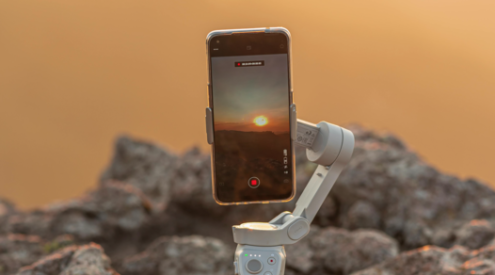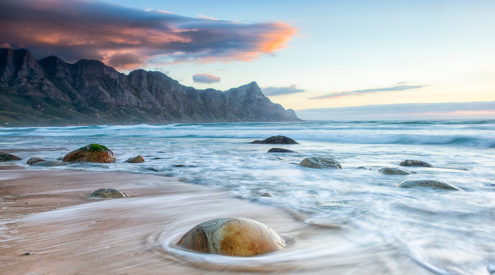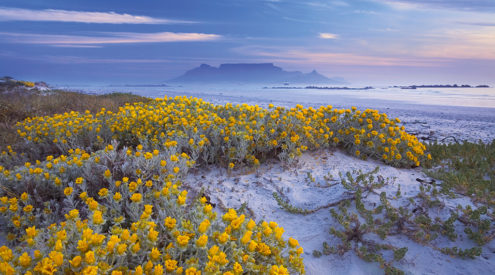With flowers, less is often more. For many years, try as I might, I never managed to get images of flowers that jumped. Looking back, it’s easy to understand why. There was simply too much flower in my pictures. Here’s a short guide to photographing flowers to get the best out of your shots.

When shooting complex subjects such as flowers, you need to develop your eye for concentrating on elements rather than trying to shoot the whole bloom.
The best flower photographs are composed using a blend of blur – controlled by choosing an appropriate f-stop; light – controlled by reflectors, natural lighting conditions and flash; and texture and colour – by picking the right subjects.
Here are just a few of the factors you need to consider if you’re gearing up to shoot flowers this spring:
Direct sunlight
Flowers tend to be delicate so diffused, soft light works best. Harsh, direct light is very hard to control and often gives too much contrast (with blown highlights and dark shadows). This means it’s best to shoot in overcast conditions, but this isn’t always possible. For example, many of the flowers on the West Coast appear only in full sun. One trick is to use a diffuser between the subject and the sun. These can be made from a few sheets of tracing paper or you can buy proper silk scrims.
Go macro
In many cases, the best flower shots come from extreme close-ups. Consider buying a macro lens if you’re mad about flowers. If that’s beyond your budget opt for extension tubes or filters for the front of your lens, but there are often slight compromises on image quality with these options.
Depth of field and focal points
To be great you need to understand depth of field and how this relates to the focal point. I recommend using shallow depth of field – low f-stops – so you can blur distracting backgrounds and emphasise your primary subject. I tend to work on a tripod and focus manually, although this dramatically slows down your shooting.
Overcast and early
Don’t go drinking if it’s overcast or raining – flowers look incredible in soft light or covered in raindrops. Also get out there early as warm morning light that comes in at low angles makes for dramatic effects.
Distracting elements
Where possible, look for the essence of the flower rather than the whole flower – focus on an interesting point and remove distracting elements (such as messy backgrounds, dead leaves and holes in the petals) from your shot.
Using flash, reflectors and diffusers
Shooting flowers is an exercise in controlling the light. Experiment using reflectors to bounce light into heavily shadowed areas or diffusers to reduce harsh direct light. These don’t need to cost a fortune either – I use white paper and tinfoil as reflectors and tracing paper as a diffuser.
Tripods and crocodile clips
Wind is your enemy when shooting close-ups of flowers. Try shooting at higher shutter speeds (if you’re using a modern digital camera, you’ll be able to push up the ISO) to prevent motion blur. If the wind is very bad, use a little piece of wire with crocodile clips attached to hold the flower still.
Where to go to photograph flowers
Read our ultimate guide to spring flower season in South Africa

















